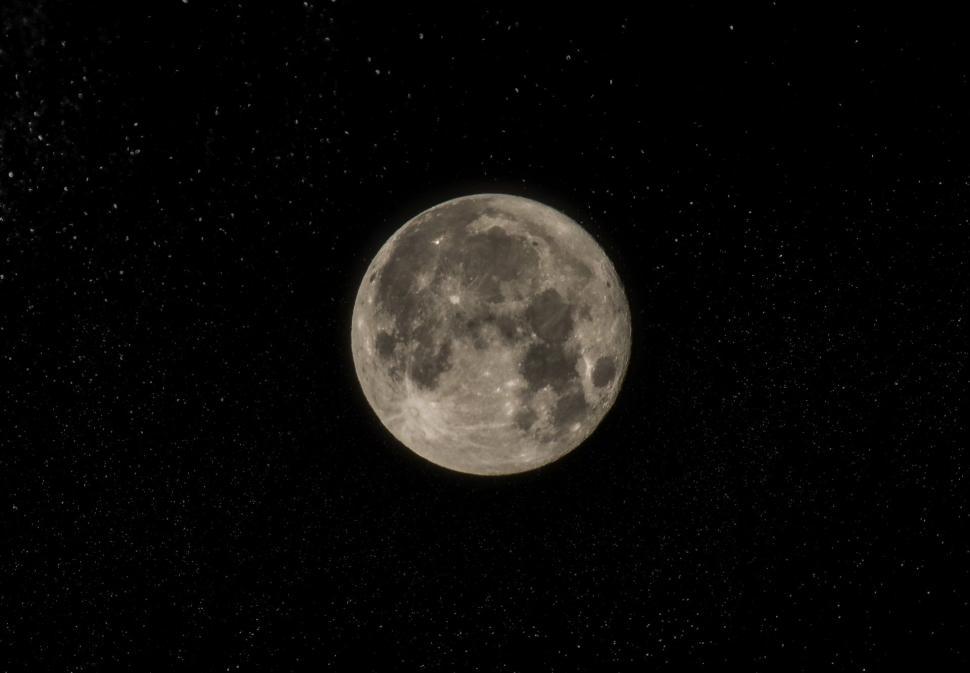A study published in the Nature indicated that waves of electrons arriving to the moon indirectly from the Earth and sun are playing a significant role in the formation of frozen water on the moon’s surface.
As the moon revolves around Earth, it traverses in and out of the magnetotail, which is a long tail of charged particles that our planet leaves behind as it moves through space.
This offers planetary scientists an intrinsic research setting for investigating the causes behind the formation of water on the lunar surface.
Scientists suggested that when these electrons from the magnetotail hit the lunar surface, they integrally contribute to the formation of ice. Furthermore, when the moon is outside of this elongated extension it is constantly struck by solar wind.
“Inside the magnetotail, there are almost no solar wind protons, and water formation was expected to drop to nearly zero,” planetary scientist, Shuai Li said.
Previous studies have suggested that hydrogen ions deriving from solar winds are the primary factor responsible for water production on the moon. However, it appears that there is continuous water formation even when the surface is shielded from solar winds within the magnetotail.
“We suggest that although we have confirmed the importance of the solar wind as a major source of fast water production on the moon, hitherto unobserved properties of the plasma sheet properties may also play an important role,” the Nature study said.
Researchers’ insight regarding the patterns of lunar water is essential to understanding the moon’s development, progression and water supply for forthcoming human missions. This revelation could also provide an explanation for the source of water ice that has previously been detected in the moon’s shaded areas.
In future pursuits, Li aspires to participate in a lunar expedition as part of NASA’s Artemis initiatives. This undertaking would entail monitoring the plasma conditions and water content on the lunar polar surface as it progresses through different lunar phases within Earth’s magnetotail.
Scientists have strived to unravel the causes and sources behind this phenomenon. Thus, this finding opens doors as there could potentially be additional sources of water formation that are not directly linked to solar wind protons. This finding delineates a powerful connection between Earth and the moon while opening up potential avenues for future exploration.







